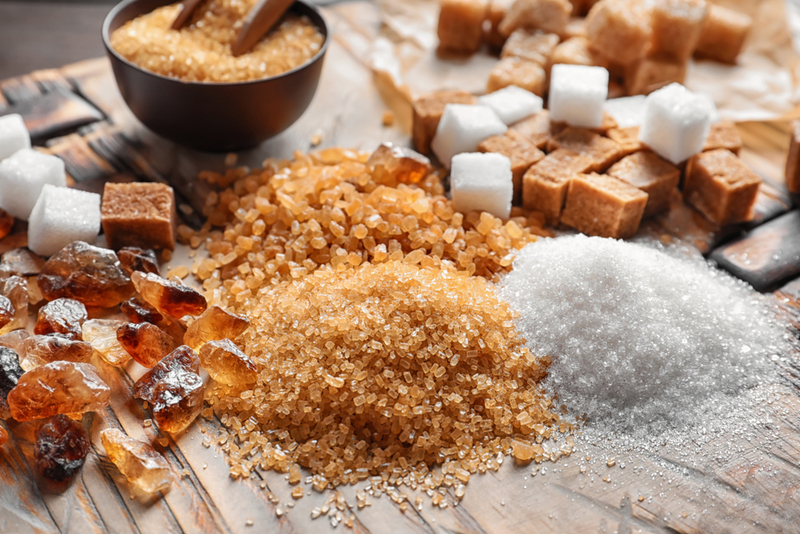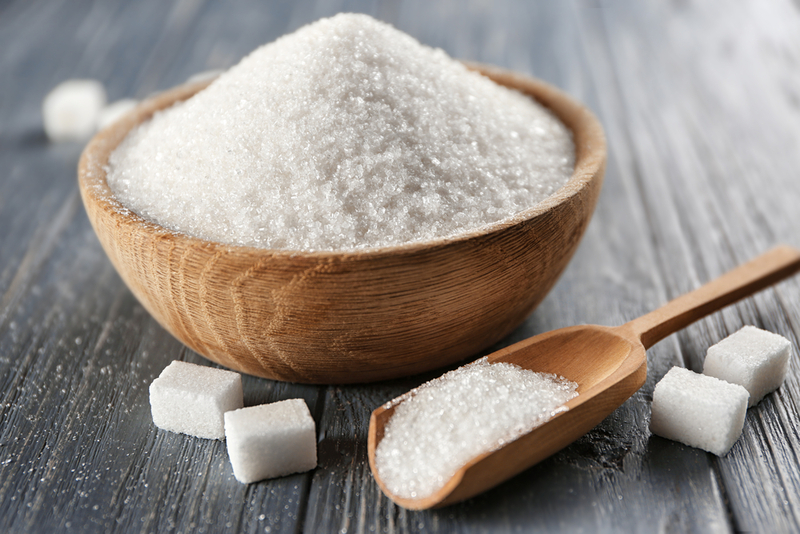Sugar is essential for understanding a major part of Western history, and a lot can be explained if one understands how it took over the world. It has been used as a medication, a spice, a symbol of monarchy, and an instrument of disease, addiction, and tyranny in the past. Here is a brief history of this wonderfully sweet substance.

The Days Before Cane
Honey reigned supreme 10,000 years ago, before sugar. Fundamentally, bees and honey can be found in any part of Europe, Africa, or Asia that isn’t covered in ice. Human physiology evolved on a diet that was low in sugar and refined carbohydrates. In fact, sugar most likely entered our diets by accident. Sugarcane was most likely a “fodder” crop used to fatten pigs, though humans may have chewed on the stalks on occasion. But sugar, as we know it today, was really not a part of our diet.
The Birth of Sugar
Sugar cane made its way (by ship) to the Philippines and India around 3,500 years ago. The first mention of a sugar mill is found in 100 A.D. in a work of Indian literature. Around 2,500 years ago, the first chemically refined sugar emerged on the scene in India. The method then expanded east to China and west to Persia and the early Islamic kingdoms, eventually reaching the Mediterranean in the 13th century. Cyprus and Sicily grew into key sugar manufacturing centers, too. It was considered a rare and expensive spice rather than a common condiment throughout the Middle Ages.

Addictive And How!
Sugar, which no one needed but everyone craved, fueled the development of the modern world. As demand grew, the immense sugar plantations in Brazil and the Caribbean were in desperate need of manpower. Although sugar has ancient origins, it is the abrupt mass consumption that began in the mid-17th century that established the health hazards we now associate with it. By the 1600s, coffee, tea, and chocolate had found their way to Europe. Their arrival significantly increases sugar intake, making sugar more popular than alcohol and raising demand—at lower prices! In 1864, the world’s largest and most technologically advanced sugar refinery opened in Williamsburg, Long Island. With advancements in manufacturing, American sugar production rose, too, driving down prices.
Today, sugar’s hold on the 21st century is stronger than that of other things like tobacco or even alcohol. It is important to the global economy and even to the cultural legacy of the world. Studies and research that link diabetes and other ailments to sugar consumption pique interest in sugar alternatives. But as artificial sweeteners become less popular, ancient sources of sugar such as agave nectar, stevia, dates, and, of course, honey, which is tasty, shelf-stable, and connected to numerous health benefits, are making a big comeback. Nothing beats the originals, don’t you think?